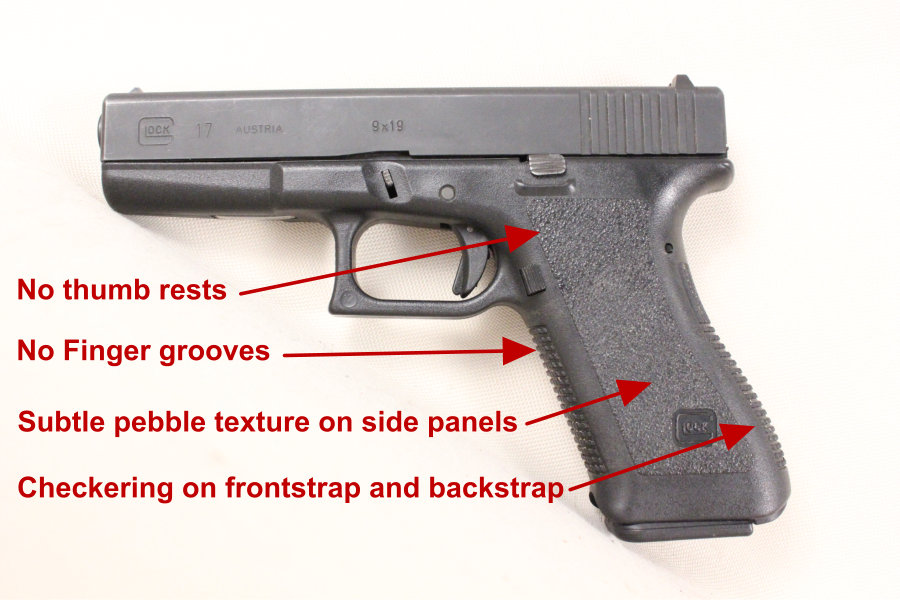

#Glock serial number database mod
The Camcode Global engineering team evaluated other marking options, including direct part marking, but determined that direct part marking on the polymer did not produce a proper contrast that could be read with UK MoD preferred scanners.Īnother issue facing Camcode Global was the need to track the locations of each pistol during both storage and transport. There is also little room to place a label on the surface of the Glock. In addition, the area to be marked is subject to repeated impact and abrasion. The Glock’s lower receiver is manufactured from a polymer/composite material, which has a lower surface energy that makes label adhesion difficult. The primary challenge in uniquely identifying and labeling Glock G17 pistols is the design of the pistol itself. The goal of the UK MoD’s Glock identification initiative was to mark 32,000 Glock G17 pistols at the depot receiving the weapons as quickly and efficiently as possible. To ensure its Glock G17 pistols were identified and ready for deployment, the UK MoD mandated that all Glocks must be tracked through UID bar codes. The information collected in the database creates a number of significant benefits and efficiencies for the UK MoD, including automated receipting, issuing and stocktaking of marked items, and the ability to access an item’s status, history and configuration.Īs the UK MoD’s UID Enabling Contract holder, Camcode Global was tasked with assisting the UK MoD to establish a method for identifying, tracking and managing its entire inventory of Glock G17 pistols prior to deployment. Each item’s unique information is then scanned and stored in an item registry database. The data in the bar codes contains information such as a serial number, part number and a unique item identifier (UII). Under the UID policy, marks or labels containing two-dimensional (2D) UID bar codes must be affixed on specific military assets.


 0 kommentar(er)
0 kommentar(er)
